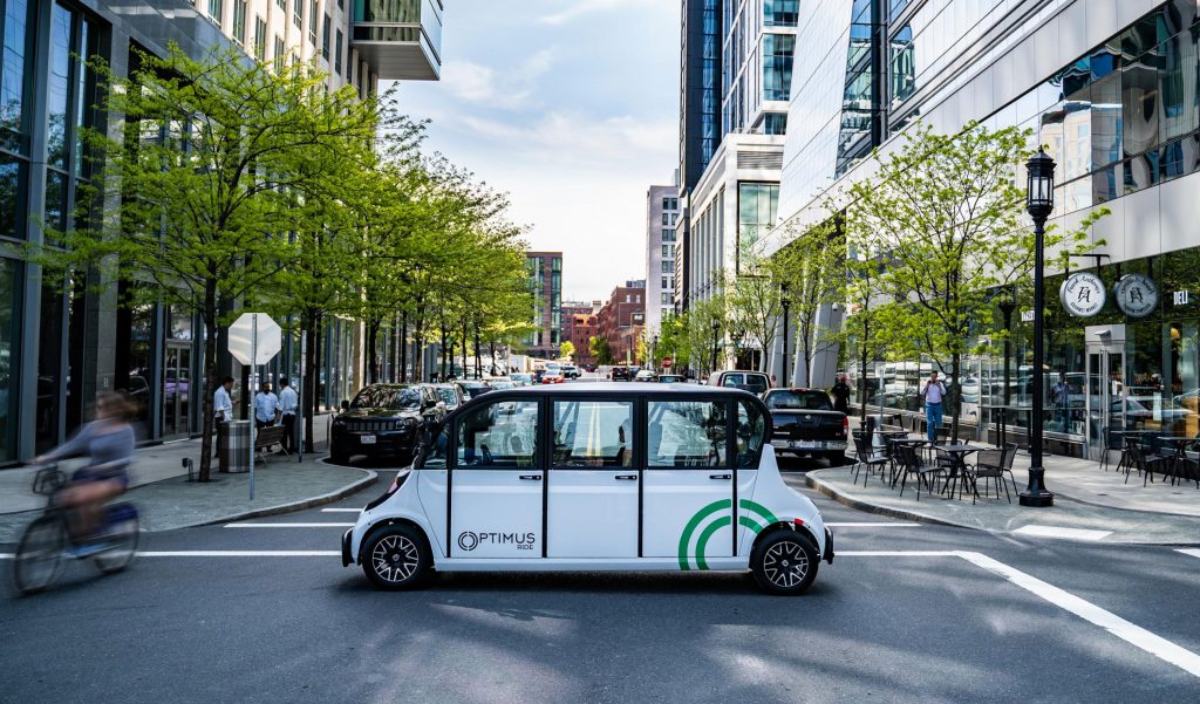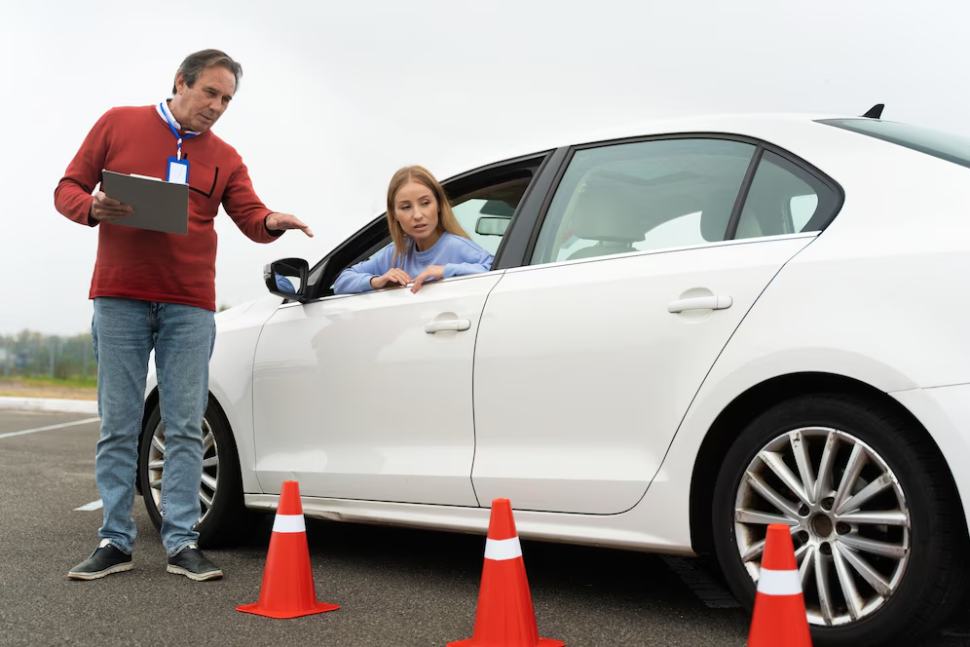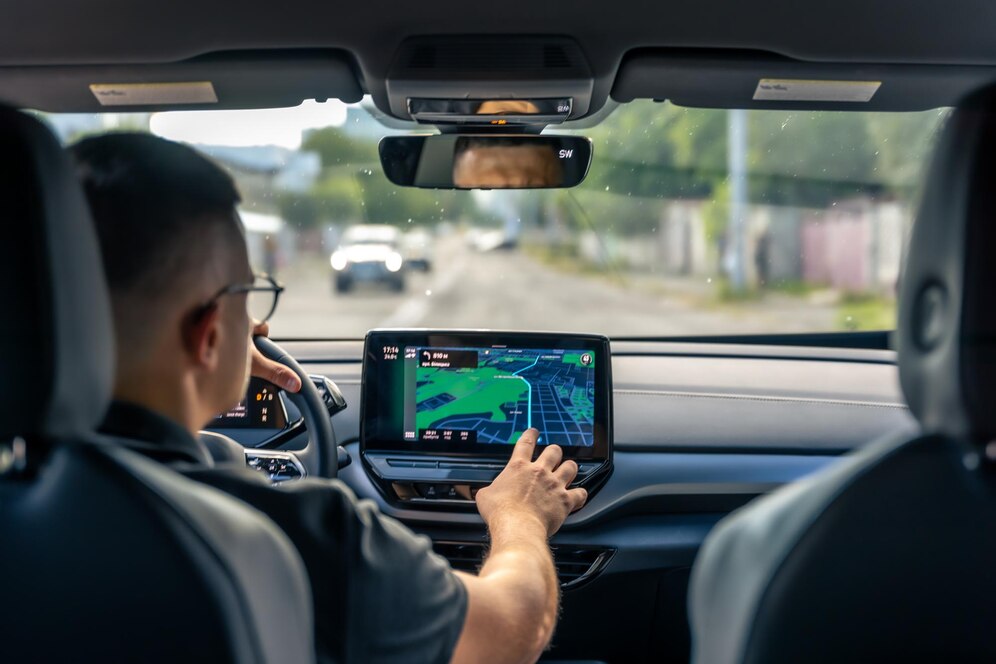
How Autonomous Vehicles Are Changing Urban Mobility
Urban mobility has undergone a significant transformation in recent years, largely driven by the rise of autonomous vehicles. These self-driving cars are more than just technological achievements—they offer potential solutions to many urban challenges. Understanding both the opportunities and the challenges they bring is essential. This blog explores how autonomous vehicles are reshaping our cities and how they could improve urban life.
Key Benefits of Autonomous Vehicles in Urban Mobility
Autonomous vehicles (AVs) have the potential to revolutionize city transportation. One major benefit is the reduction of traffic congestion. AVs use real-time data to assess traffic conditions and make smart routing decisions, resulting in smoother journeys and less time stuck in traffic—especially vital in densely populated areas.
Another key advantage is improved road safety. Since human error is a leading cause of traffic accidents, AVs can drastically reduce crash rates by eliminating common mistakes. According to the World Health Organization, approximately 1.3 million people die annually in road traffic crashes. Autonomous technology could significantly lower this number.
AVs can also support environmental sustainability. With optimized driving patterns and route planning, they reduce emissions. Many of these vehicles are electric, contributing to a lower carbon footprint. Cities adopting electric autonomous fleets may qualify for green incentives and support global climate goals.
Additionally, AVs can decrease the number of vehicles on the road through improved car-sharing systems. Shared autonomous fleets can operate continuously, reducing the need for private car ownership. Over time, this could lead to less resource consumption and a smaller environmental impact.
Why It Matters: The Broader Impact of Self-Driving Cars in Cities
The influence of autonomous vehicles goes beyond transportation efficiency. These vehicles could reshape urban design and free up valuable land. For instance, as AVs can park themselves remotely after dropping off passengers, cities could repurpose large parking areas into parks, pedestrian spaces, or new housing. Studies suggest up to 30% of urban space is currently devoted to parking.
AVs also improve accessibility. People with disabilities, the elderly, or those unable to drive can gain greater mobility, fostering inclusion and independence in urban life. This helps make cities more equitable.
The rise of AVs could also create new economic opportunities. While some driving-related jobs may disappear, demand will grow in fields like AI, software engineering, cybersecurity, and urban planning. Education and workforce development will be critical to prepare people for these roles.
Public transportation systems may also evolve. Cities could adopt hybrid models where autonomous shuttles serve areas with low population density, complementing buses and trains. This approach improves coverage and makes urban transit more personalized and efficient.

Expert Tips & Common Mistakes to Avoid
To prepare for autonomous vehicles, cities must follow best practices and avoid common pitfalls. First, investment in smart infrastructure is crucial. Roads should be equipped with sensors, high-speed internet, and communication systems to interact with AVs and traffic control centers.
Regulation is equally important. Governments need to establish clear policies around liability, cybersecurity, and data privacy. A lack of regulation can lead to public distrust and hinder the rollout of autonomous technology.
Gaining public trust is essential. Transparency around safety, successful pilot programs, and public education campaigns can boost confidence. Partnering with local organizations helps tailor implementation to community needs.
Cities should also avoid deploying AVs without integrating them into broader urban and sustainability plans. Promoting private ownership of AVs could increase congestion. Instead, encouraging shared mobility and aligning with environmental goals ensures long-term benefits.

Advanced Insights: Expert Recommendations for Urban Mobility
Experts recommend a multimodal approach to the future of urban mobility. This involves integrating AVs with public transit, cycling, and walking. Real-time data platforms can coordinate various transport modes, improving service and reducing delays.
Dynamic pricing strategies can also help. Charging higher fees during peak times or offering discounts for shared electric rides can reduce congestion and promote sustainable choices. Cities like London and Singapore already see positive results from such models.
Mobility-as-a-Service (MaaS) platforms are another forward-thinking strategy. These digital tools let users plan, book, and pay for multiple transport services in one app. AVs could play a key role, especially in underserved areas.
Ongoing research and pilot programs are essential. Continuous testing and collaboration between governments, tech firms, and academic institutions will help cities adapt and innovate. Real-world data informs better policymaking and system design.
Public engagement should remain a priority. Gathering feedback, sharing performance metrics, and adjusting plans based on input builds trust and strengthens community support for AV initiatives.

Conclusion: Embracing the Future of Urban Mobility
Autonomous vehicles offer exciting opportunities to improve urban mobility. They can reduce congestion, increase safety, and contribute to sustainability. However, realizing these benefits requires careful planning, infrastructure investment, and strategies that address social and economic implications.
As we shape the cities of tomorrow, AVs will be a crucial piece of the puzzle. Embracing this technology can lead to urban environments that are cleaner, more inclusive, and better connected. The journey may be complex—but the potential rewards are immense. Are we ready to embrace the future and transform urban mobility?
Collaboration across sectors, transparent leadership, and a people-centered approach will be key. Autonomous vehicles and their technology could become the backbone of tomorrow’s smart cities. With the right policies, we can create safer, greener, and more efficient urban landscapes.